William Wallace was one of the most prominent leaders during the Wars of Scottish Independence. He led Scotland to a famous victory at the Battle of Stirling Bridge which made the Scots believe that they could challenge the mighty English. Here are 10 interesting facts about one of Scotland’s greatest heroes on whom the movie Braveheart is based.
#1 HIS ORIGINS AND EARLY LIFE ARE NOT KNOWN WITH CERTAINTY
Little is known to historians about the origins and early years of William Wallace. He was born in the 1270s most likely in Elderslie in Renfrewshire, Scotland. Wallace was a younger son of a Scottish landowner, probably named Alan Wallace. William has been described as tall and strong and some historians are of the view that he must have had some military experience earlier to lead Scotland’s military campaigns.
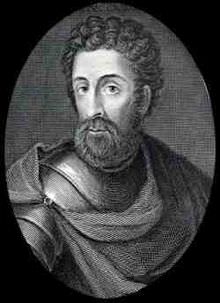
#2 HIS FATHER WAS KILLED BY ENGLISH TROOPS
When Wallace was young Scotland was ruled by King Alexander III and there was peace and stability. However after his death in 1286, there was a succession crisis in Scotland. King Edward I of England took advantage of this, defeated the Scots at the Battle of Dunbar and imposed himself as ruler of Scotland in 1296. It was during this period that William’s father was killed in a skirmish with English troops at Loudoun Hill.
#3 He REBELLED AGAINST EDWARD I BY KILLING THE HIGH SHERIFF OF LANARK
The first known act carried out by William Wallace is when in May 1297 he led a group of about 30 men to Lanark Castle and killed the English High Sheriff of Lanark, William Heselrig. This was among the first acts of rebellion against the English. Although it is not certainly established, it is said Wallace carried out the act to avenge the murder of his wife Marion Braidfute by the hands of William Heselrig. Meanwhile Andrew Moray was leading the rising against the English in northern Scotland.
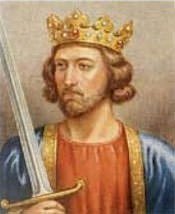
#4 HE LED SCOTLAND TO A FAMOUS VICTORY IN THE BATTLE OF STIRLING BRIDGE
William Wallace joined forces with Andrew Moray organizing an army of commoners and small landowners. On 11 September 1297 their forces met an English army led by John de Warenne, 6th Earl of Surrey, at the Battle of Stirling Bridge. Although vastly outnumbered, the Scottish army routed the English army in one of the greatest Scottish victories in the Wars of Scottish Independence.
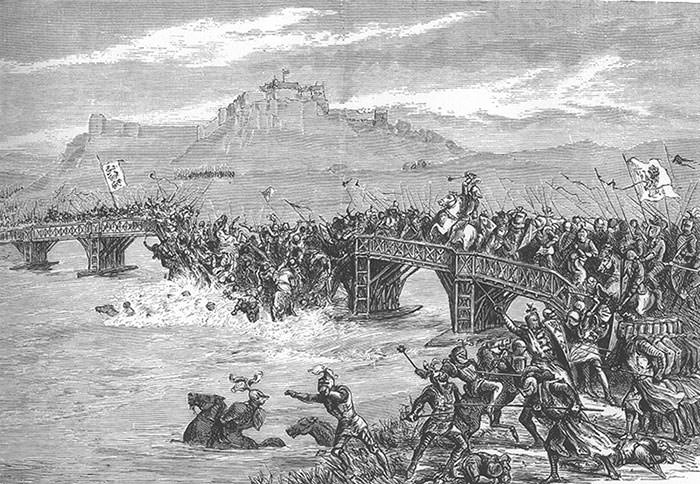
#5 HE WAS APPOINTED GUARDIAN OF SCOTLAND IN LATE 1297
Moray died of the wounds he suffered during the Battle of Stirling Bridge. Wallace then led a destructive raid into northern England and ravaged the counties of Northumberland and Cumberland. On his return to Scotland in late 1297, Wallace was knighted and proclaimed “Guardian of Scotland and Leader of its armies” on behalf of John Balliol, the deposed king of Scotland.
#6 HE RESIGNED AS GUARDIAN AFTER DEFEAT AT FALKIRK
In 1298, King Edward himself led a massive English invasion of Scotland. Wallace wanted to avoid battle till the English supplies ran out but Edward received intelligence that the Scots were encamped at Falkirk. This led to the Battle of Falkirk in which the English army defeated the Scottish army led by Wallace. Wallace was able to escape but he soon resigned as Guardian of Scotland in favor of Robert the Bruce.
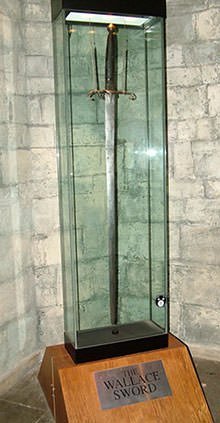
#7 WALLACE WAS HANDED OVER TO THE ENGLISH
Edward I offered a large sum to anyone who killed or captured Wallace. Wallace was able to evade capture for several years but in 1305, John de Menteith, a Scottish knight who had his loyalty to Edward handed over Wallace to English soldiers at Robroyston near Glasgow. When Wallace was tried for treason, he responded to the treason charge, “I could not be a traitor to Edward, for I was never his subject.”
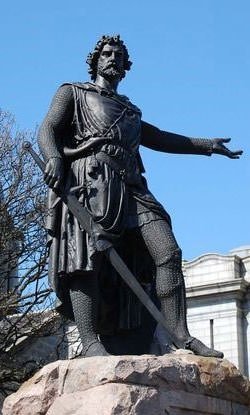
#8 He WAS EXECUTED ON 23 AUGUST, 1305 IN LONDON
William Wallace was executed on 23 August 1305. After his trial was completed he was stripped naked and dragged through London at the heels of a horse. William’s execution was gruesome as he was hanged and released when he was alive. His abdomen was cut open and his bowels were burnt before him and then he was beheaded. His head was placed on London Bridge, and his limbs displayed in Newcastle, Berwick, Stirling and Perth.
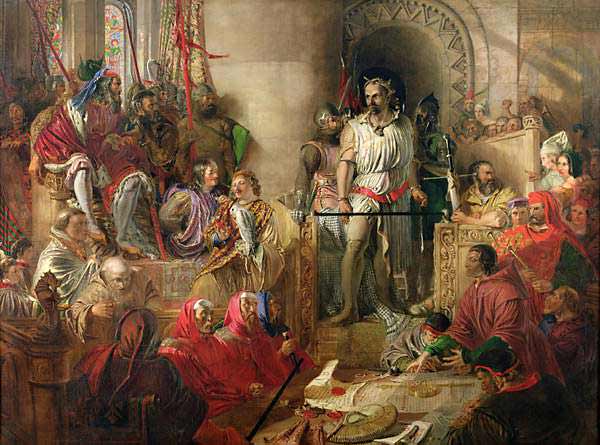
#9 THE NATIONAL WALLACE MONUMENT WAS BUILT IN HIS HONOR
To commemorate the achievements of William Wallace, the National Wallace Monument was constructed in the nineteenth century. The tower stands on the Abbey Craig from which Wallace was said to have watched the gathering of the English army before the Battle of Stirling Bridge. A number of artifacts believed to have belonged to Wallace are on display inside the monument, including the Wallace Sword, a 5 feet 4 inches long sword weighing about 3 kilograms.

#10 The 1995 FILM BRAVEHEART IS BASED ON HIS LIFE
William Wallace is not only one of Scotland’s greatest heroes but he has also obtained iconic status far beyond his homeland. He has been referred to as a patriotic hero, formidable warrior and a great leader in several literary works most notably by Sir Walter Scott, Blind Harry and Jane Porter. An account of his life was presented in the famous 1995 film Braveheart. Directed by Mel Gibson, who also plays Wallace in the film, Braveheart was nominated for 10 Academy Awards and won 5, including best director and best picture.

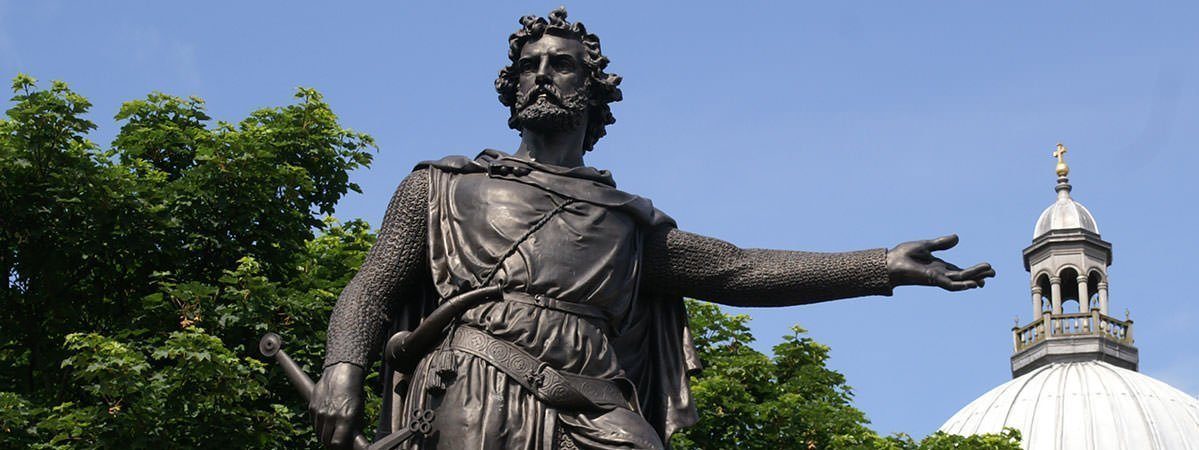
i love facts about William Wallace sp if ur looking fr William Wallace facts this is the site for u
keep up the good work
the best info yet love this site cant wait till you go and do more 🙂
Ayrshire pretty sure that’s the place to be!!
Robert burns also, great feel there
He is smart